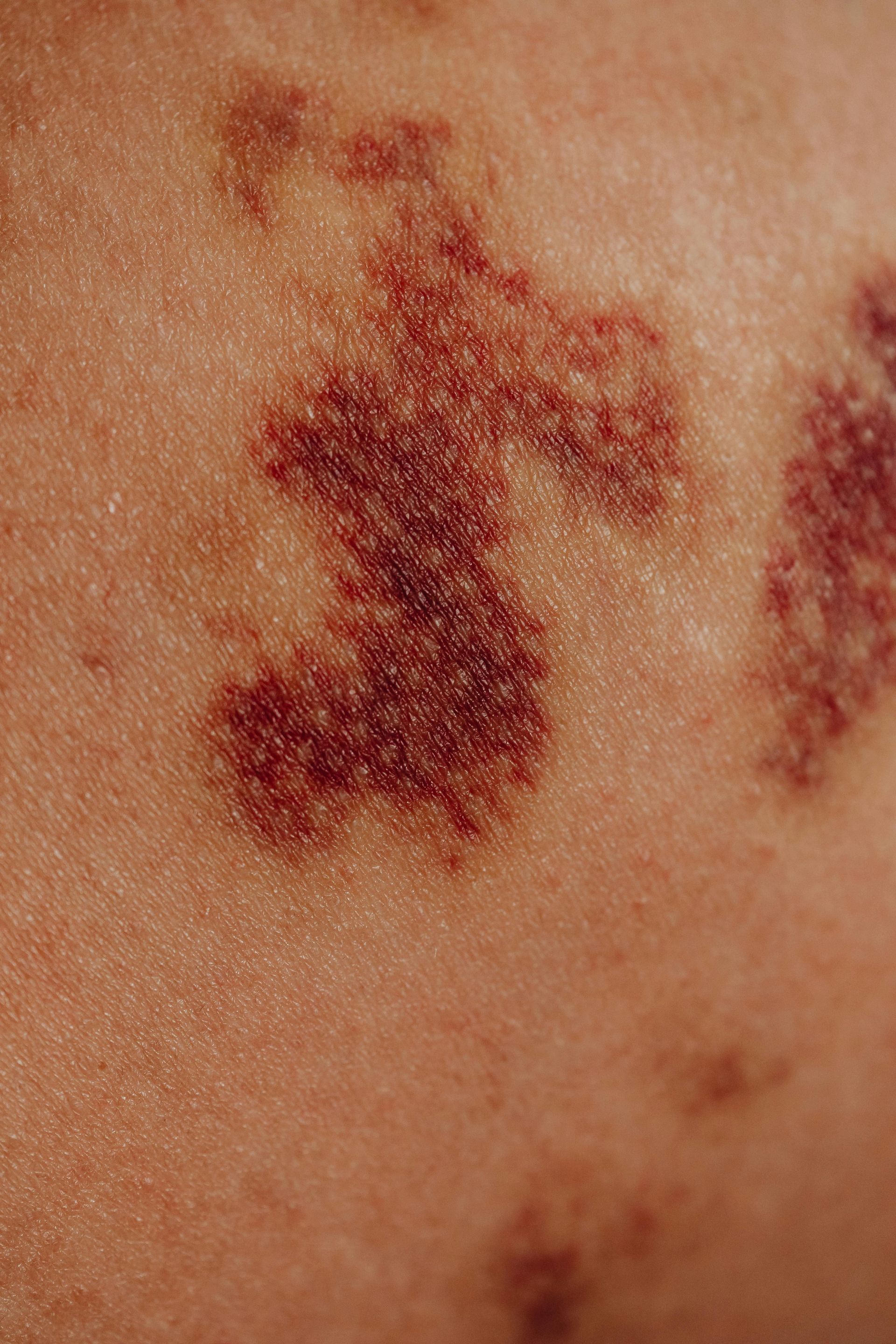Calls for More Diverse Infrastructure Upgrades to US Emergency Trials Framework | Trial AMPlify
The lobbying group PhRMA Tuesday called for more clinical trial diversity in underserved areas, and suggested educating more people on the role of clinical trials and building trust in those communities with historic records of previous mistreatment in studies. But how?

"We welcome the call for emergency clinical trial infrastructure improvements," commented Jon Eilberg, founder and CEO and Trial AMPlify, a Boston-based patient recruitment marketing agency working exclusively with life science, biopharma companies to surge clinical trial patient enrollment.
A recent analysis showed that although men and women have an equal risk of stroke, only 37% of participants in clinical trials of stroke treatments are female. Another analysis found that although Black adults are two times more likely to develop hypertension by middle age than white adults, only about 5 percent of hypertension clinical trials in recent years have focused specifically on black participants.
Clinical trial sponsors need to be more creative when it comes to communicating with potential subjects. Simply listing a study on clinicaltrials.gov and expecting a diverse number of patients to flock for treatment is not a realistic plan. As part of the Seven Miracles of Patient Recruitment, sponsors need to 1) create awareness across digital channels using dedicated clinical trial landing pages, 2) clearly convey objectives, eligibility, and logistics, 3) and drive home the sometimes overlooked benefits of being part of a trial.
By carefully crafting the messaging to meet regulatory restrictions, sponsors can make it clear to a patient and their families that they will receive more "attention" and monitoring. Prominently stating monetary compensation up front in some cases also incentivizes patients. Using different racial and ethnic images on a dedicated clinical trial website along with a design theme that speaks to the ideal candidate can also make the thought of enrolling more inviting.
Finally, supplementing a clinical trial landing page with an online natural history study that uses success stories coming from women, people of color, and their families is a powerful way to help folks to connect, see the upside of a trial, and inspire them to engage.”











